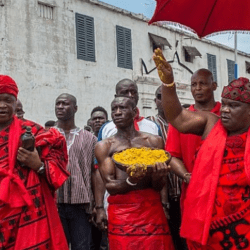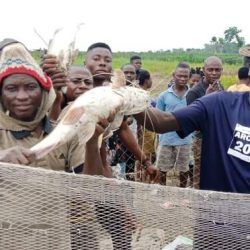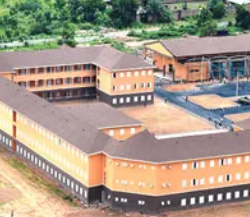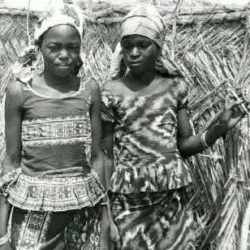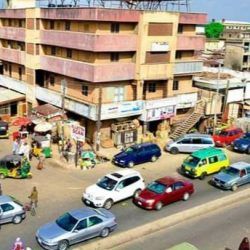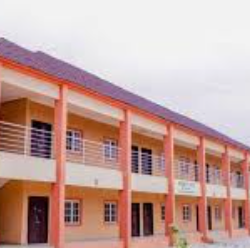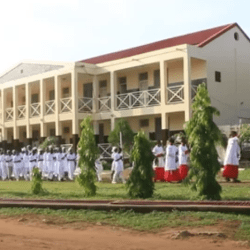Traditional form of circumcision is still in existence particularly in the rural areas.
The circumcision is carried out at the height of cold season when harmful bacteria likely to affect the wound is believed to be scarce. Female circumcision is very rare.
On the appointed day, the Barber arrives early in the morning and the child brought forward gripped in the hands of the father or a close relative. The Barber digs a small hole with his knife and the child is seated with his penis directly over the mouth of the hole. The boy’s eyes are then covered by the hands of one of the people holding him.
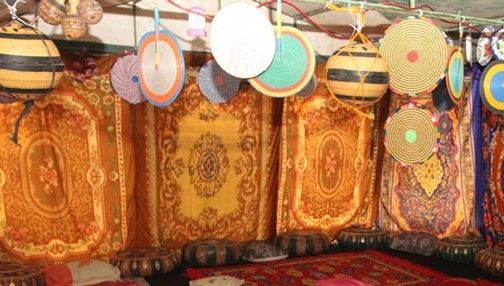
The Barber gets hold of the penis, draw the fore skin tight and make a cut. The blood is allowed to drain in the hole and some herbal medicine is applied on the cut. Then he finds some pieces of cornstalk and arranges them in a triangular shape and a strong string passing through them.
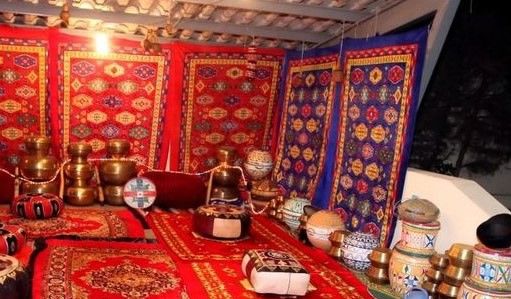
The boy’s penis is passed inside the triangle and the two ends of the string are tied at the back of his waist. The purpose of this is to avoid contact between the penis and the testicles.
The child is then separated from other boys. He lives and sleeps with his supervisor. He must also sleep completely naked, and since it is very cold at this time, a fire is kept burning throughout the night.
During the healing period which varies from one to five weeks, the child is well fed and well looked after. His meals include “Kunu” (gruel) cooked or roasted chickens, well spiced and well buttered.
Relations and friends of the family come to see the boy and dash him with dishes and various gifts. The Barber who performed the circumcision is paid for his services and paid in accordance with the financial position of the boy’s parents.
Reference
katsinastate.gov.ng/about-katsina/customs-traditions/#circumcision


